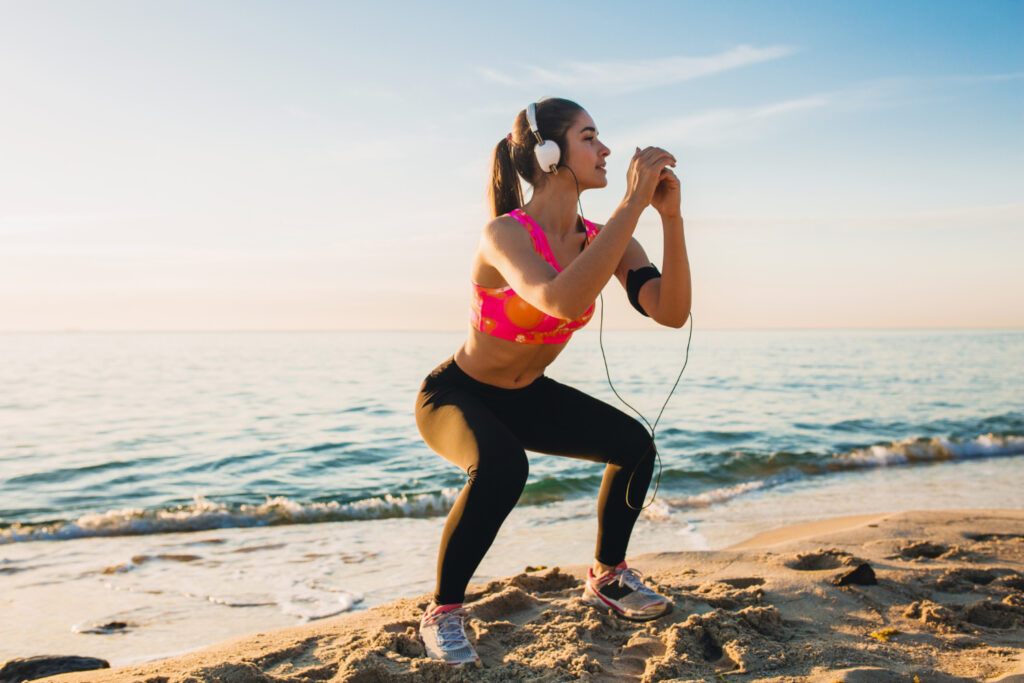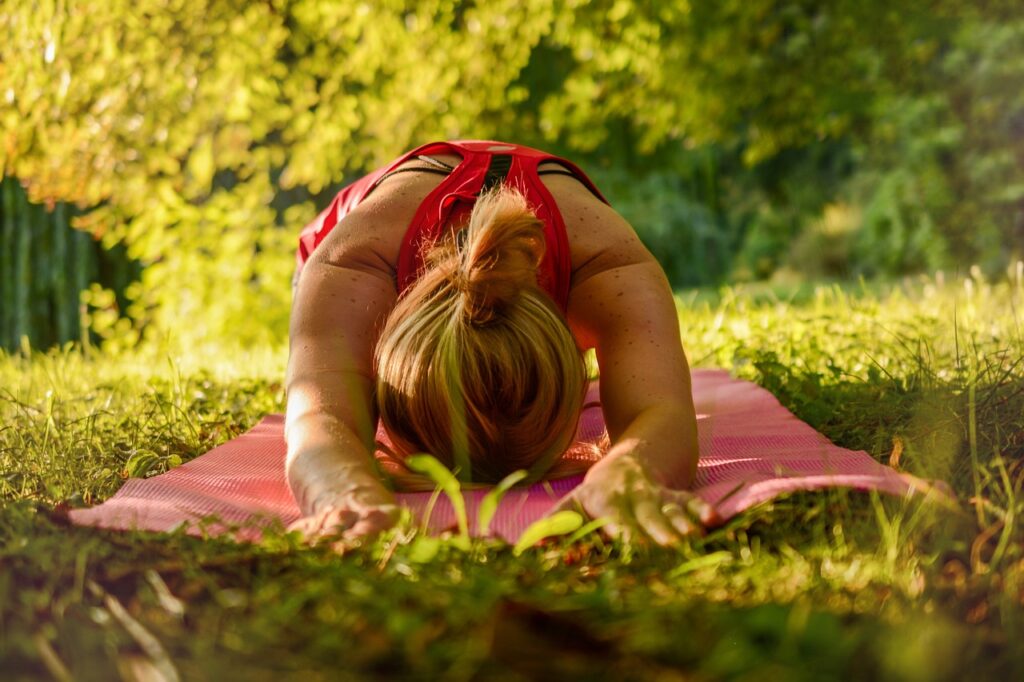Are you looking to improve your flexibility but unsure where to start? Incorporating flexibility exercises into your routine can help improve your overall range of motion, prevent injuries, and enhance your athletic performance. In this article, we will discuss the best flexibility exercises for beginners to help you get started on your flexibility journey.
Why is Flexibility Important?
Before diving into the best flexibility exercises for beginners, let’s take a moment to understand why flexibility is crucial. Flexibility is more than just being able to touch your toes; it plays a significant role in your overall physical health and well-being. Improved flexibility can help decrease muscle stiffness, increase circulation, improve posture, and enhance athletic performance. By regularly incorporating flexibility exercises into your fitness routine, you not only improve your range of motion but also create a foundation for more effective and safer movement in other physical activities.
One of the primary benefits of increased flexibility is the reduction of muscle stiffness. Tight muscles can limit your movement, cause discomfort, and even lead to muscle imbalances that put you at risk for injury. By consistently practicing flexibility exercises, you can keep your muscles loose and pliable, making daily activities more comfortable and reducing the likelihood of experiencing muscle strains or pulls.
In addition to reducing stiffness, flexibility exercises enhance circulation throughout your body. Improved blood flow delivers more oxygen and nutrients to your muscles and tissues, promoting quicker recovery after workouts and reducing muscle soreness. This increased circulation also benefits your cardiovascular system, contributing to better overall health.
Another critical aspect of flexibility is its impact on posture. Poor flexibility can lead to muscle imbalances, which in turn can cause poor posture. For example, tight hip flexors and hamstrings can pull your pelvis out of alignment, leading to lower back pain and other issues. By regularly stretching and working on your flexibility, you can correct these imbalances, allowing your body to maintain proper alignment and posture.
Flexibility is also directly linked to enhanced athletic performance. Whether you’re a runner, weightlifter, or play a sport, having a greater range of motion allows you to perform movements more efficiently and with better form. This not only improves your performance but also helps to prevent injuries that could occur from overstretching or improper movement patterns.
Moreover, flexibility exercises are a key component of injury prevention. When your muscles and joints are flexible, they can better withstand physical stress. Flexibility training helps prepare your body for the demands of exercise by ensuring that your muscles and joints can move through their full range of motion without strain. This preparation is especially important in dynamic activities that require quick changes in direction or speed.
Lastly, flexibility contributes to overall well-being. Stretching can be a relaxing activity that reduces stress and tension, both physically and mentally. By incorporating flexibility exercises into your routine, you not only take care of your physical health but also your mental well-being, leading to a more balanced and healthy lifestyle.
The Benefits of Flexibility Exercises:
- Decreased Muscle Stiffness: Regular stretching keeps muscles loose, reduces discomfort, and improves movement.
- Increased Circulation: Enhanced blood flow promotes quicker recovery and better overall health.
- Improved Posture: Flexibility corrects muscle imbalances, leading to better alignment and reduced pain.
- Enhanced Athletic Performance: Greater range of motion improves efficiency and reduces injury risk.
- Injury Prevention: Flexible muscles and joints better withstand physical stress, reducing the chance of injuries.

Best Flexibility Exercises for Beginners
- Static Stretching: This type of stretching involves holding a stretch for a set amount of time without moving. Static stretches can help improve flexibility in specific muscles and are great for beginners.
- Dynamic Stretching: Dynamic stretching involves moving through a range of motion to warm up muscles and increase flexibility. This type of stretching is beneficial before engaging in physical activity.
- Yoga: Yoga combines stretching with deep breathing and meditation, offering a holistic approach to improving flexibility and overall well-being. There are many beginner-friendly yoga poses that can help increase flexibility.
- Pilates: Pilates focuses on core strength, flexibility, and overall body awareness. Many Pilates exercises involve stretching and can help improve flexibility in the muscles.
- Foam Rolling: Foam rolling, also known as self-myofascial release, can help release tension in muscles and improve flexibility. Using a foam roller can target tight areas and promote better range of motion.

Incorporating Flexibility Exercises into Your Routine
If you are new to flexibility exercises, start with a gentle warm-up to prepare your muscles. Begin with a few minutes of light cardio, such as walking or jogging, to increase blood flow and warm up your muscles. Incorporate a variety of stretches targeting different muscle groups, holding each stretch for 15-30 seconds.
Remember to breathe deeply and relax into each stretch, avoiding any pain or discomfort. Consistency is key when it comes to improving flexibility, so aim to incorporate flexibility exercises into your routine at least 2-3 times per week.
Conclusion
Improving flexibility is essential for overall health and well-being. By incorporating the best flexibility exercises for beginners into your routine, you can enhance your range of motion, prevent injuries, and improve your overall quality of life. Remember to start slowly, listen to your body, and gradually increase the intensity of your flexibility training. With dedication and consistency, you can achieve greater flexibility and reap the many benefits it has to offer.
Meta Description: Discover the best flexibility exercises for beginners to improve your range of motion, prevent injuries, and enhance athletic performance. Start your flexibility journey today!
Now that you know the importance of flexibility and have a list of the best exercises to get started, what are you waiting for? Get moving and start improving your flexibility today!

